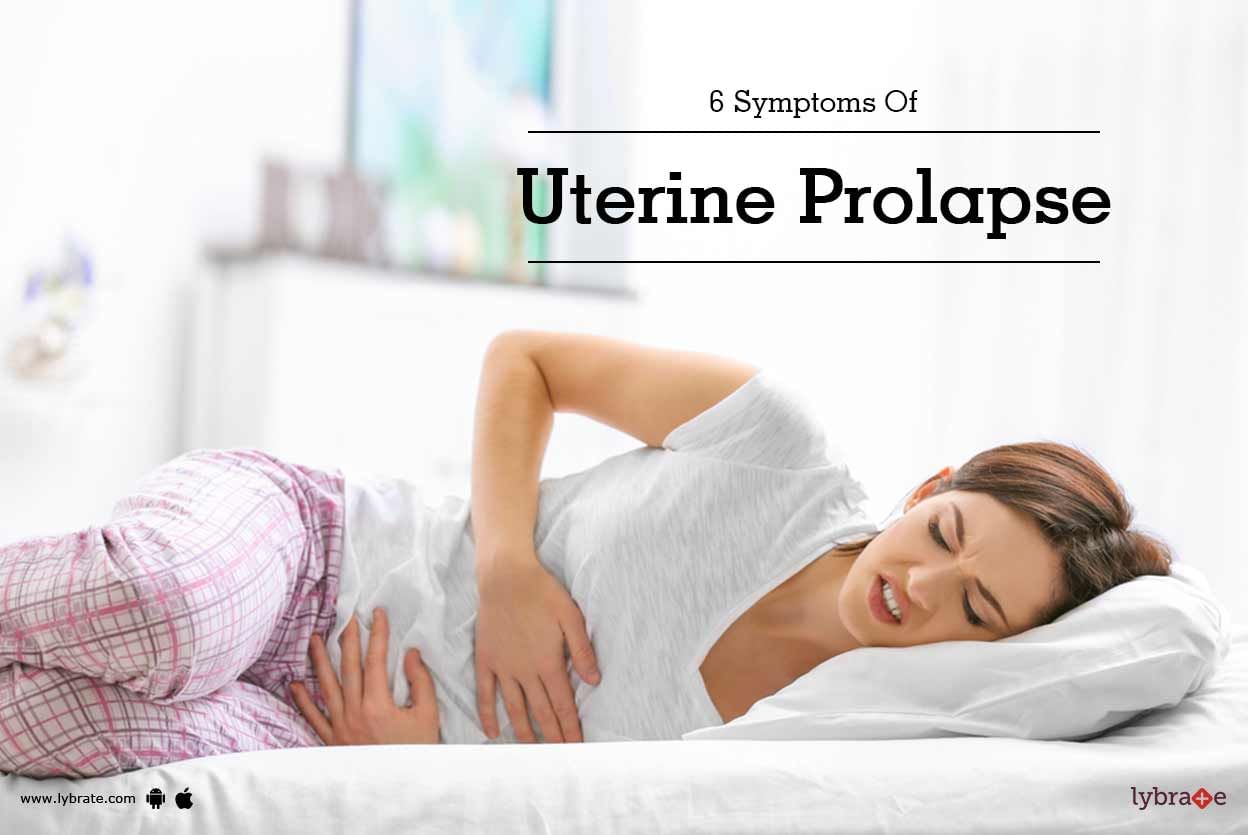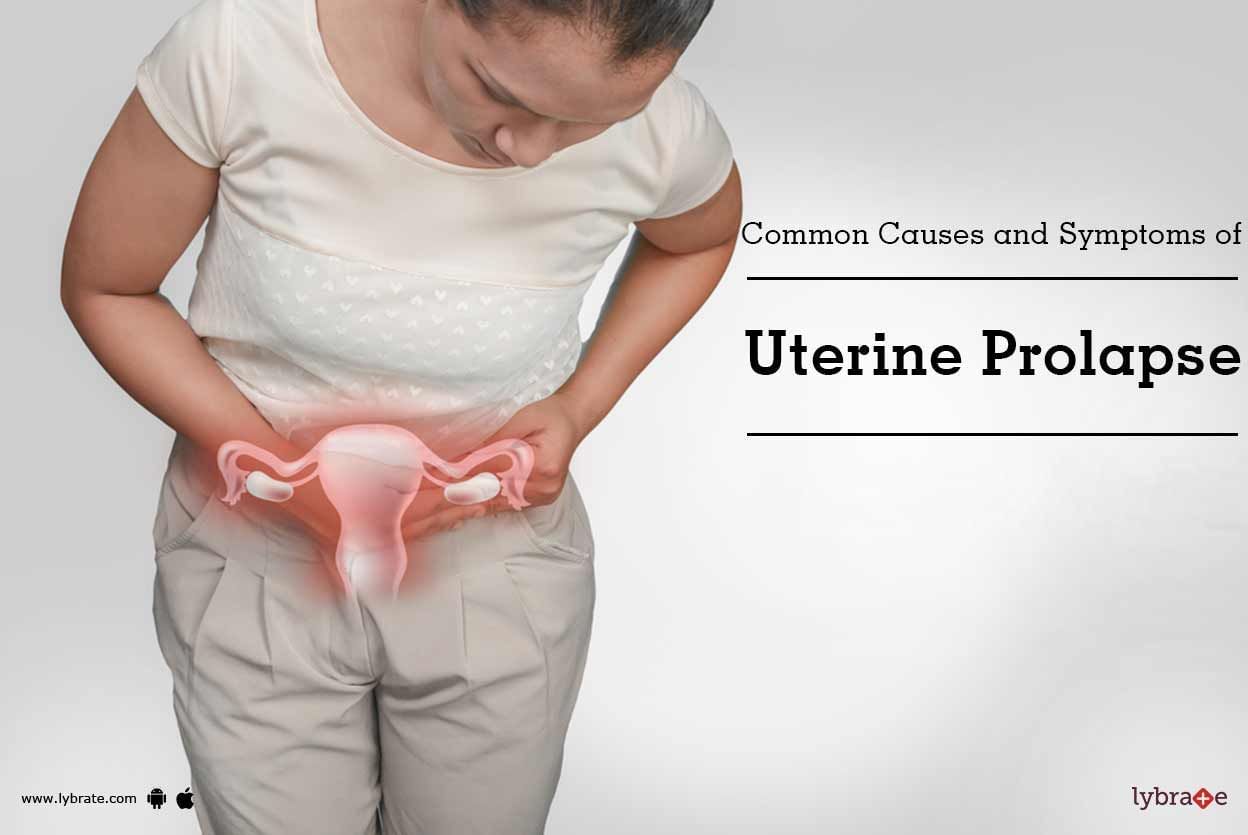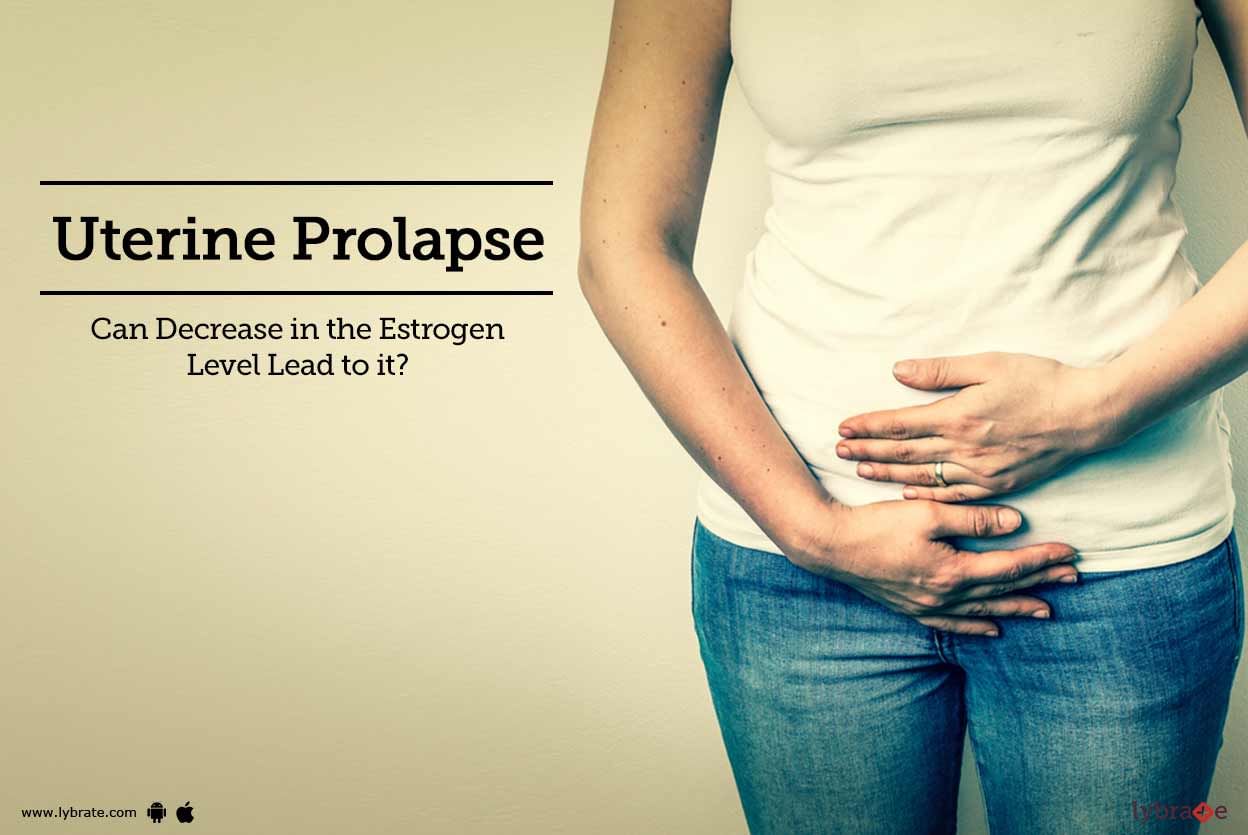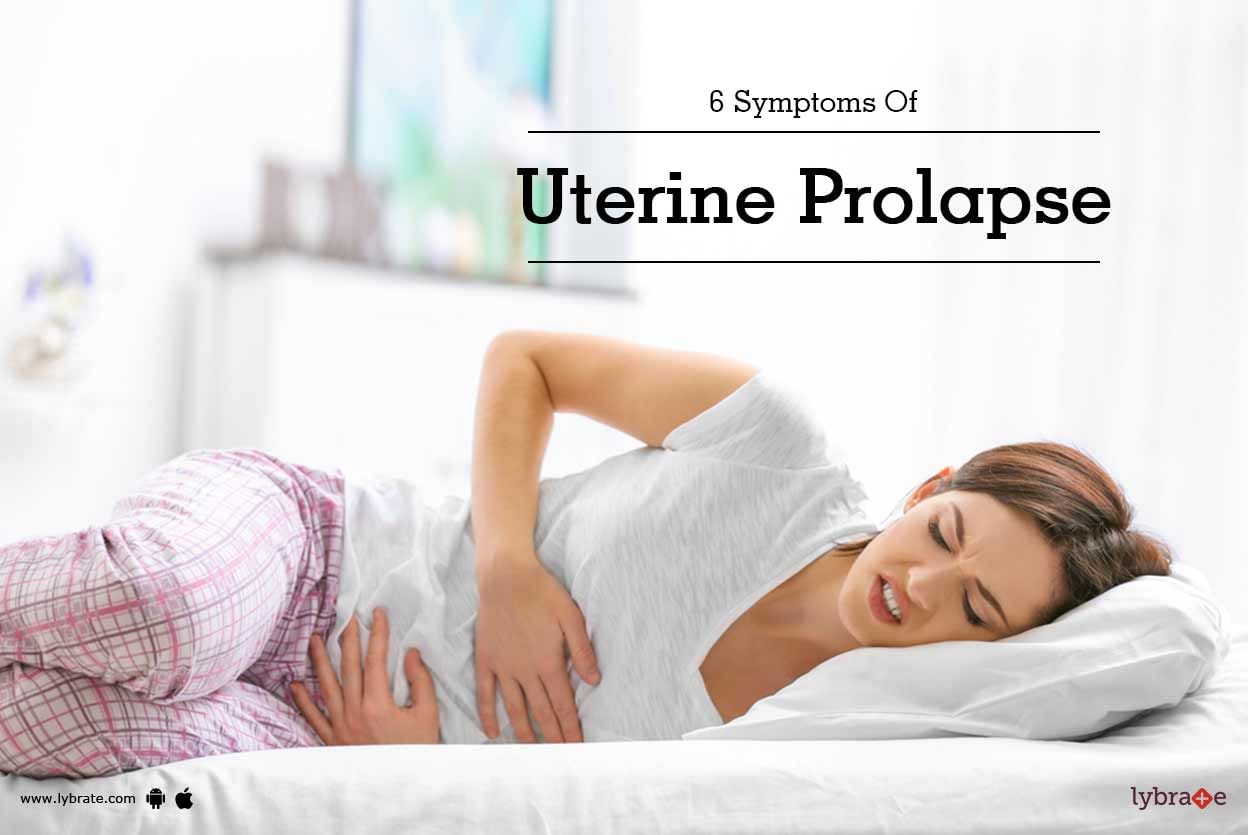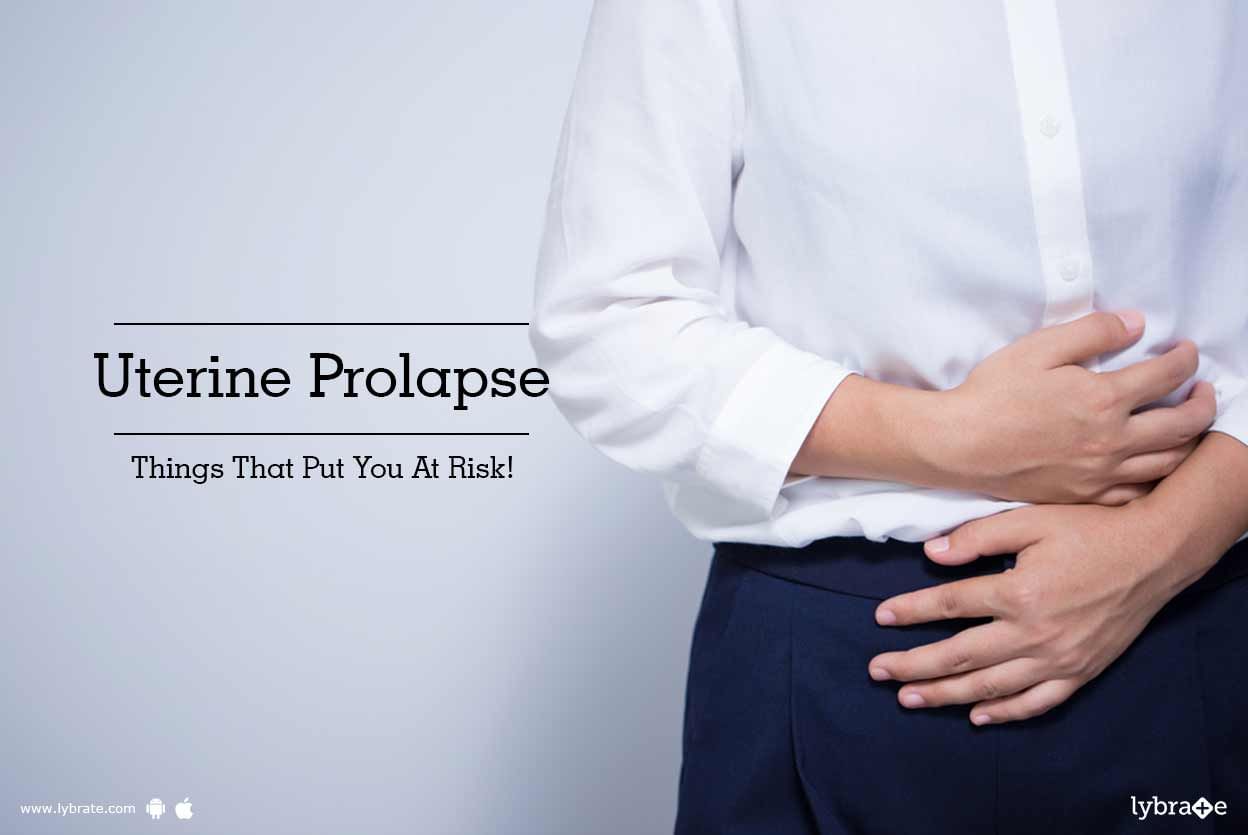Get the App
For Doctors
Login/Sign-up
About
Health Feed
Find Doctors
Health Packages
AllQ&AsTipsQuizzes
Pelvic Organ Prolapse Tips
Last Updated: 8 years ago• Featured Tip
Share
Bookmark
Report
The uterus is a muscular structure held in place inside your pelvis with the help of muscles, ligaments, and tissues. These muscles weaken in women due to pregnancy, childbirth or delivery complications and can lead to severe complications. One such complication is a uterine prolapse. Uterine prolapse occurs when the uterus sags or slips from its normal position into the vaginal canal.
The causes of uterine prolapse are varied and include:
Delivering a large baby
Pregnancy<...more
The causes of uterine prolapse are varied and include:
Delivering a large baby
Pregnancy<...more
Last Updated: 8 years ago• Featured Tip
Share
Bookmark
Report
Causes and symptoms of uterine prolapse
The uterus is a muscular structure held in place inside your pelvis with the help of muscles, ligaments, and tissues. These muscles weaken in women due to pregnancy, childbirth or delivery complications and can lead to severe complications. One such complication is a uterine prolapse. Uterine prolapse occurs when the uterus sags or slips from its normal position into the vaginal canal.
The causes of uterine prolapse are varied and include...more
The uterus is a muscular structure held in place inside your pelvis with the help of muscles, ligaments, and tissues. These muscles weaken in women due to pregnancy, childbirth or delivery complications and can lead to severe complications. One such complication is a uterine prolapse. Uterine prolapse occurs when the uterus sags or slips from its normal position into the vaginal canal.
The causes of uterine prolapse are varied and include...more
Last Updated: 8 years ago• Featured Tip
Share
Bookmark
Report
Urology is a branch of medicine that focuses on the diseases affecting the urinary tract system and male reproductive organs. The organs that come under the scanner here are the kidneys, adrenal glands, ureters, urinary bladder, urethra, and the male reproductive organs (testes, epididymis, vas deferens, seminal vesicles, prostate, and penis). Though there is a prevalent misconception that gynecologists are for women what urologists are for men, urology also deals with certain women urinary trac...more
Last Updated: 8 years ago• Featured Tip
Share
Bookmark
Report
The womb or the uterus is a muscular structure that is fixed in its place by the ligaments and the pelvic muscles. If these ligaments or muscles become weak or stretch, they no longer will be capable of holding the uterus, resulting in a prolapse. Uterine prolapse happens when the uterine slips or sags from its usual position into the birth canal or vagina. The main indications of uterine prolapse are recurrent bladder infections, constipation, a tug at the pelvic area, the cervix or uterus prot...more
Last Updated: 8 years ago• Featured Tip
Share
Bookmark
Report
Causes and symptoms of uterine prolapse
The uterus is a muscular structure held in place inside your pelvis with the help of muscles, ligaments, and tissues. These muscles weaken in women due to pregnancy, childbirth or delivery complications and can lead to severe complications. One such complication is a uterine prolapse. Uterine prolapse occurs when the uterus sags or slips from its normal position into the vaginal canal.
The causes of uterine prolapse are varied and include...more
The uterus is a muscular structure held in place inside your pelvis with the help of muscles, ligaments, and tissues. These muscles weaken in women due to pregnancy, childbirth or delivery complications and can lead to severe complications. One such complication is a uterine prolapse. Uterine prolapse occurs when the uterus sags or slips from its normal position into the vaginal canal.
The causes of uterine prolapse are varied and include...more
Last Updated: 8 years ago• Featured Tip
Share
Bookmark
Report
The condition of uterine prolapse takes place when the floor muscles (and sometimes, ligaments) of the pelvis region gets stretched overly and then gradually weakens, thus becoming unable to provide adequate support to the uterus. This often leads to the protrusion or the slipping down of the uterus out of the vaginal opening. Though it can affect women of any age, it usually happens to women after menopause, especially those who have already had deliveries out of the vagina.
Causes:more
Causes:
Last Updated: 8 years ago• Featured Tip
Share
Bookmark
Report
The uterus, or womb, is a muscular structure and is held in place by ligaments and pelvic muscles. If these muscles or tendons become weak, they cause prolapse and are no longer able to hold the uterus in its place.
Uterine prolapse happens when the uterus falls or slips from its ordinary position and into the vagina, or birth waterway. It could be complete prolapse or even incomplete at times. A fragmented prolapse happens when the uterus is just hanging into the vagina. A complete pro...more
Uterine prolapse happens when the uterus falls or slips from its ordinary position and into the vagina, or birth waterway. It could be complete prolapse or even incomplete at times. A fragmented prolapse happens when the uterus is just hanging into the vagina. A complete pro...more
Last Updated: 8 years ago• Featured Tip
Share
Bookmark
Report
The uterus or womb, is a muscular structure and is held in place by ligaments and pelvic muscles. If these muscles or tendons become weak, they cause prolapse and are no longer able to hold the uterus in its place.
Uterine prolapse happens when the uterus falls or slips from its ordinary position and into the vagina or birth waterway. It could be complete prolapse or even incomplete at times. A incomplete prolapse happens when the uterus is just hanging into the vagina. A complete prola...more
Uterine prolapse happens when the uterus falls or slips from its ordinary position and into the vagina or birth waterway. It could be complete prolapse or even incomplete at times. A incomplete prolapse happens when the uterus is just hanging into the vagina. A complete prola...more
Last Updated: 8 years ago• Featured Tip
Share
Bookmark
Report
The uterus or womb is a strong structure that is held up by the pelvic muscles and tendons. In case that these muscles or tendons extend or get distinctly powerless, they are no longer ready to support the uterus, bringing about prolapse. Uterine prolapse happens when the uterus hangs or slips from its ordinary position, into the vagina or birth channel.
Uterine prolapse might be fragmented or complex. A deficient prolapse happens when the uterus is just halfway drooping into the vagina...more
Uterine prolapse might be fragmented or complex. A deficient prolapse happens when the uterus is just halfway drooping into the vagina...more
Last Updated: 8 years ago• Featured Tip
Share
Bookmark
Report
In medical terms, the pelvic floor refers to a group of muscles in the pelvic area. These muscles provide support to the organs in the pelvic region, including the bladder, uterus (women), prostate (men), and rectum.
What is pelvic floor dysfunction?
This is a medical condition that is used to refer to a situation when you are unable to control the functioning of the pelvic floor. It means you fail to control the bowel movement. People suffering from pelvic floor dysfunction use the...more
What is pelvic floor dysfunction?
This is a medical condition that is used to refer to a situation when you are unable to control the functioning of the pelvic floor. It means you fail to control the bowel movement. People suffering from pelvic floor dysfunction use the...more
Book appointment with top doctors for Pelvic Organ Prolapse treatment
View fees, clinic timings and reviews
Ask a free question
Get FREE multiple opinions from Doctors
posted anonymously


